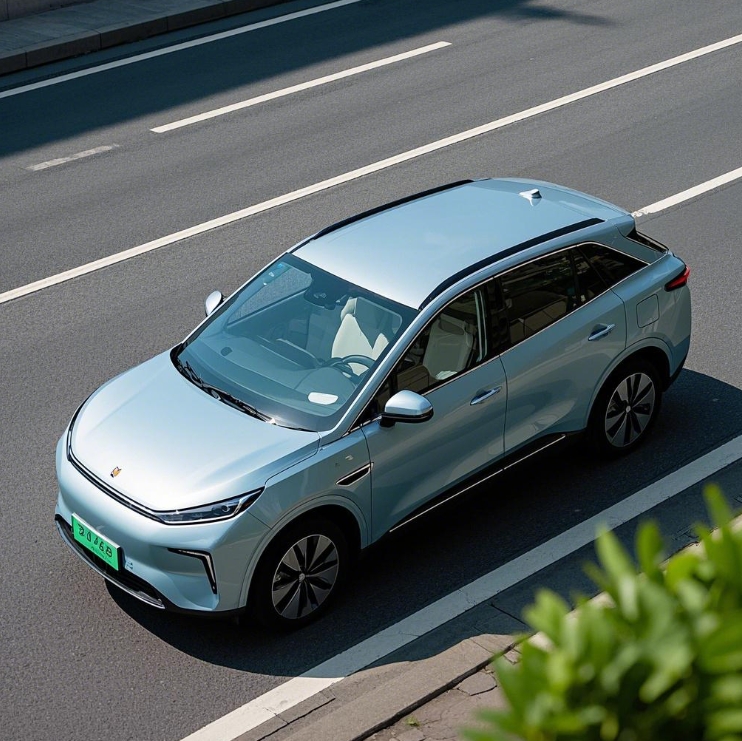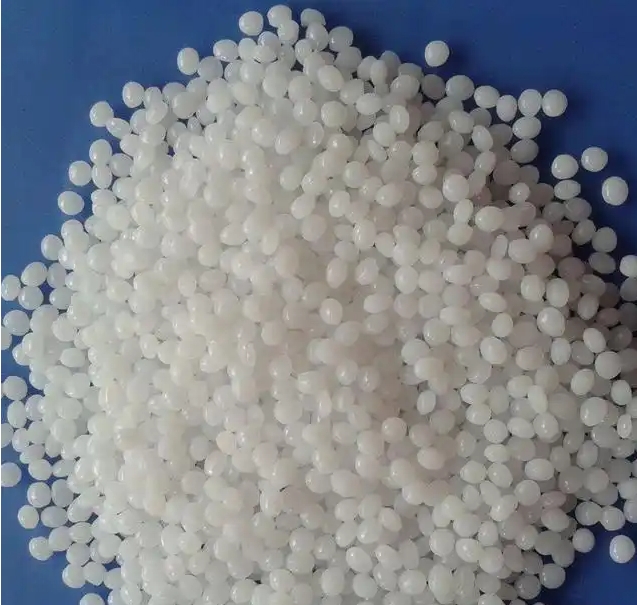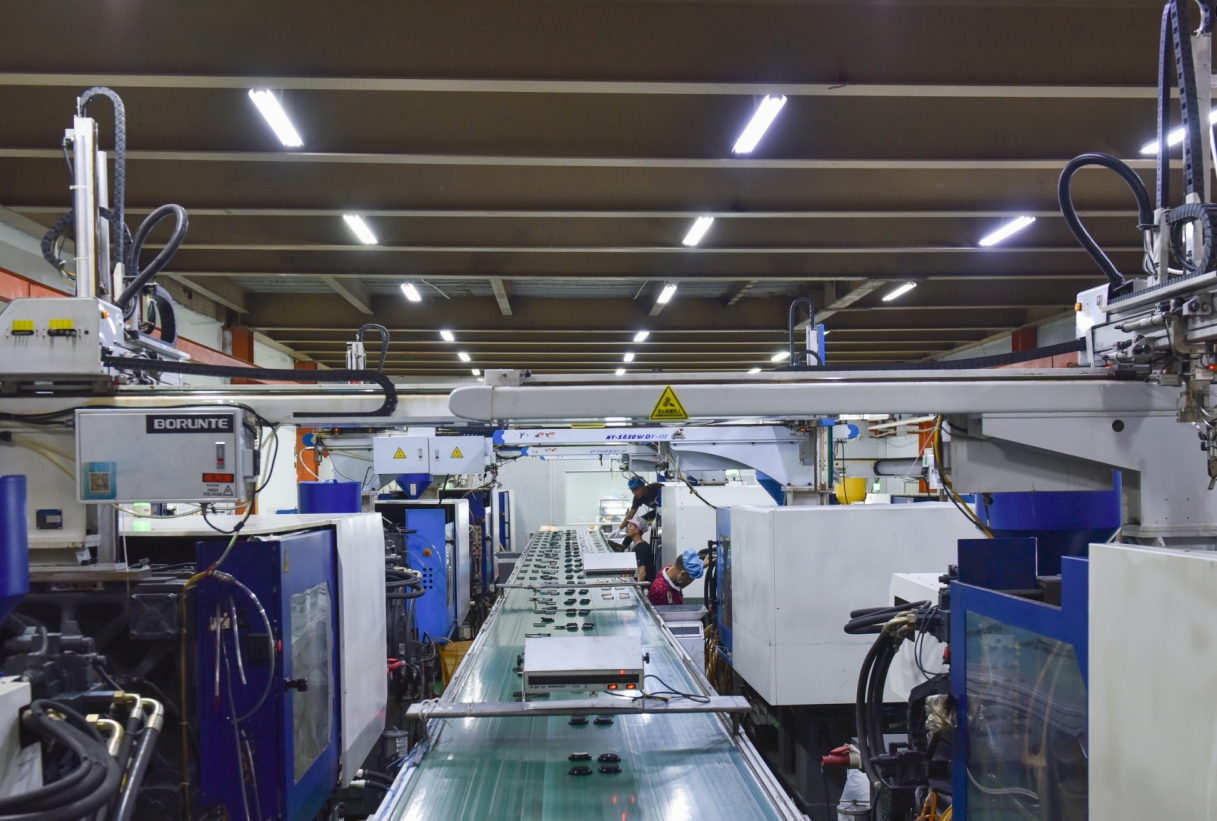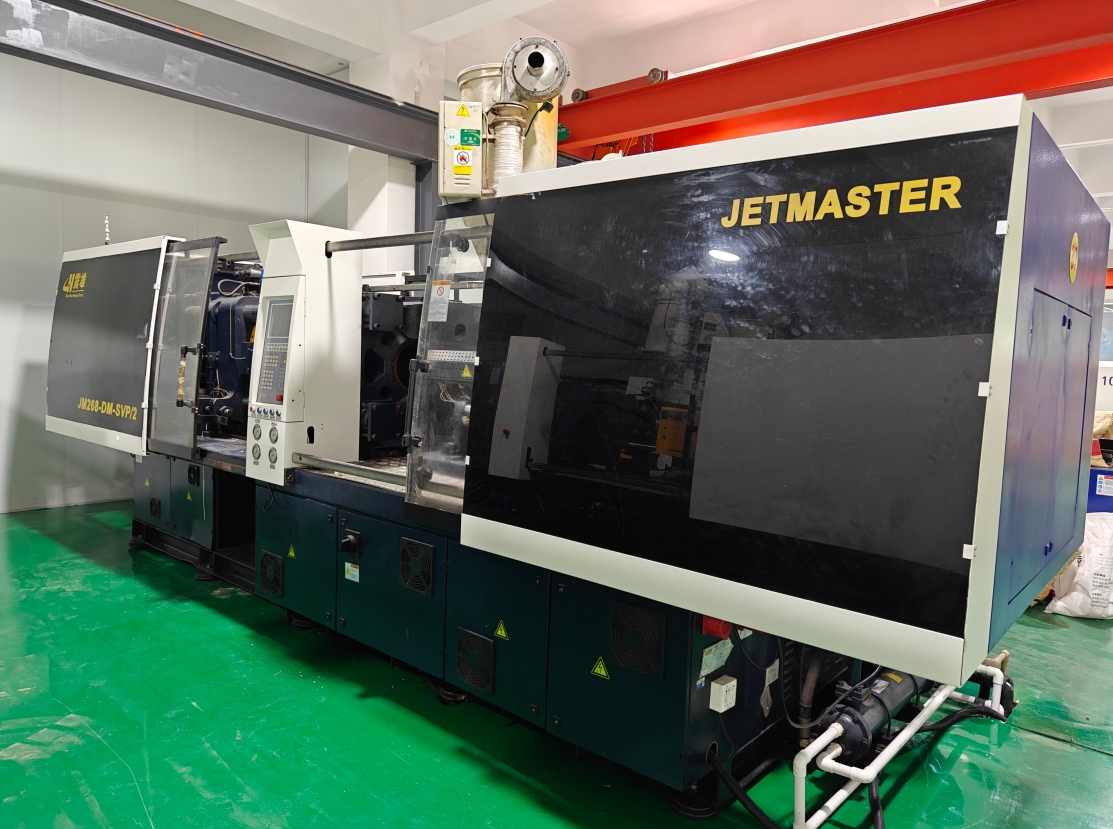Today, with the penetration rate of new energy vehicles exceeding 30%, a silent manufacturing revolution is unfolding deep within the automotive industry chain. Injection molding technology, once labeled as a "traditional manufacturing" process, is reshaping the production landscape of automotive parts at an astonishing pace of innovation. From the integrated die-cast body of the Tesla Model Y to the precision plastic encapsulation of BYD's Blade Battery, injection molding has quietly become a core manufacturing technology in the era of smart cars.

Inside the intelligent cockpit of the NIO ES8, the 3D laser-textured panels within easy reach are redefining automotive interior aesthetics. This composite material, manufactured using micro-foam injection molding technology, achieves a texture accuracy of 0.02mm, representing a significant breakthrough in materials science:
1.Long Glass Fiber-Reinforced Plastics: By maintaining the length of glass fibers between 10 - 25mm, the impact strength is increased by 300%.
2.Carbon Fiber Composites: While reducing the density by 40%, the rigidity is increased by 5 times.
3.Self-Healing Polymer Materials: Scratches can self-heal at 60°C.
4.Conductive Polymers: Enabling the direct injection molding of integrated circuits.
The newly developed Ultramid® Advanced N material by BASF can still maintain a dimensional stability of 0.05% at an injection molding temperature of 170°C, completely solving the worldwide problem of precision electronic component encapsulation.

Walking into the injection molding workshop of Great Wall Motor's Xushui Intelligent Factory, one can witness a completely different production scenario. A smart production line consists of 12 2,500-ton injection molding machines, which transmit 126 process parameters in real-time through the industrial Internet of Things. The key technological breakthroughs here include:
1.Mold Flow Analysis 4.0 System: Reduces the number of trial moldings from the traditional 5 - 8 times to 1 - 2 times.
2.Dynamic Variable Mold Temperature Technology: Lowers the surface sink mark rate from 3% to less than 0.5%.
3.Gas-Assisted Molding Optimization Algorithm: Saves 15% of materials while enhancing the structural strength.
4.On-Line SPC Control System: Keeps the CPK value stably above 1.67.
The practical data of a top-three global automotive electronics supplier shows that after adopting the digital twin technology, the new product development cycle has been shortened from 120 days to 45 days, and the defect rate has dropped from 800 PPM to 50 PPM.

When a millimeter-wave radar unit needs to integrate 32 precision plastic lenses, traditional injection molding processes can no longer meet the requirements. The three cutting-edge technological directions in the industry are:
Micro-Injection Molding
1.Molding micro-parts with a weight of 0.01g.
2.Mold cavity pressure exceeding 3000 bar.
3.Accuracy reaching ±3μm.
Multi-Material Co-Injection Molding
1.Seamless bonding technology for soft and hard plastics.
2.Synchronous molding of metal inserts.
3.Layered injection of conductive/insulating materials.
Functional Integration
1.Injection of embedded sensors.
2.Integrated molding of self-lubricating structures.
3.Synchronous manufacturing of light guide elements and structural parts.
The intelligent door handle of a latest model of a German luxury brand is formed in one piece with 12 functional structures through a 48-cavity hot runner mold, integrating a traditional assembly of 7 components into 1 module.

In this era of a century of change in the automotive industry, injection molding technology is evolving from a "supporting process" to a "core process". While the industry is still debating the winner between new car manufacturers and traditional automakers, the real transformation is taking place in the millimeter-scale mold gaps, in the 0.1°C temperature fluctuations, and in the nanoscale surface treatments. Enterprises that master the core technologies of precision injection molding are quietly building a technological moat in the era of smart cars. For the Chinese automotive supply chain, this is not only a golden opportunity but also a life-or-death race that determines the future.
Copyright © 2023 :Worldbound Plasitc Products Co.Ltd